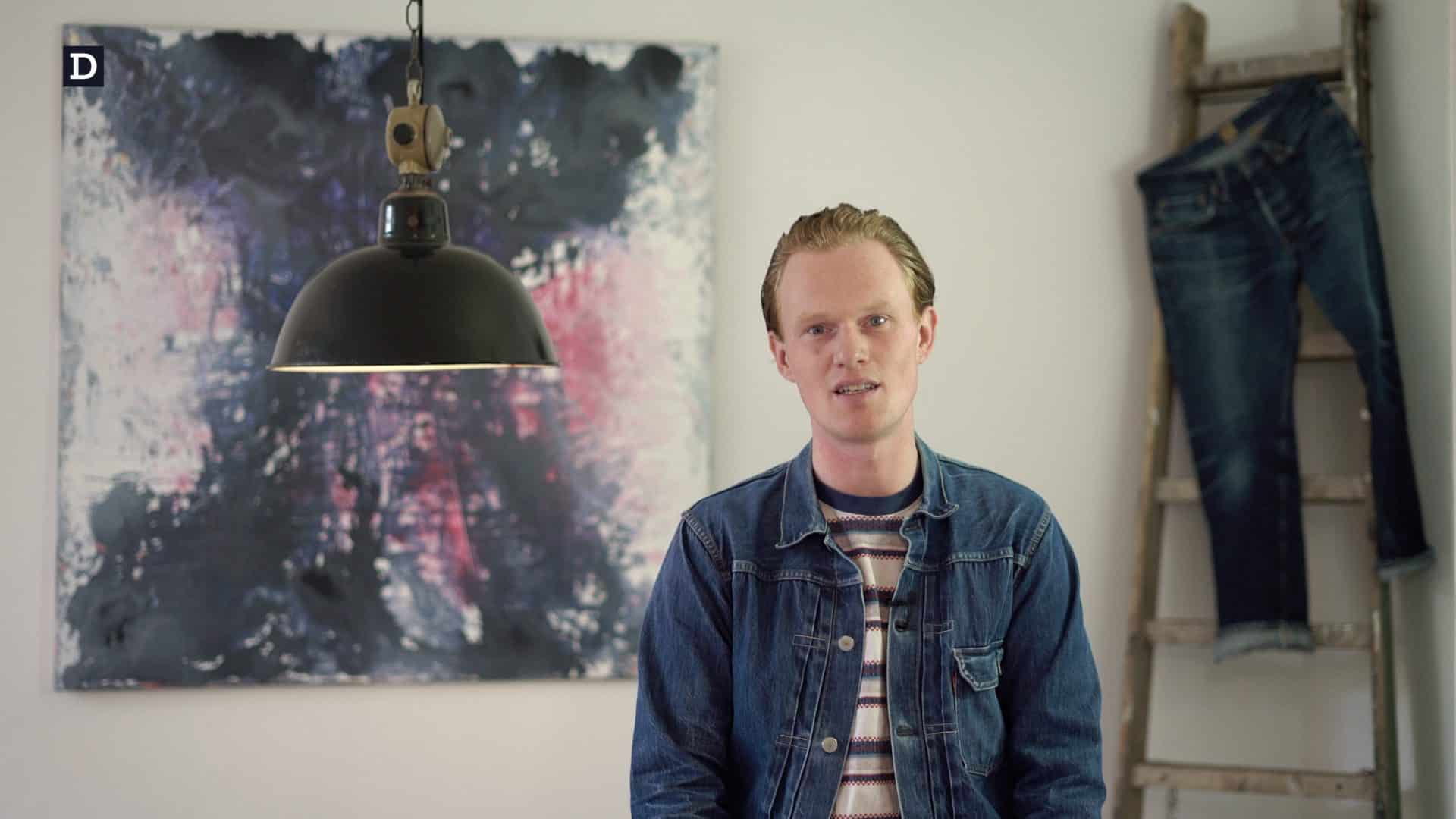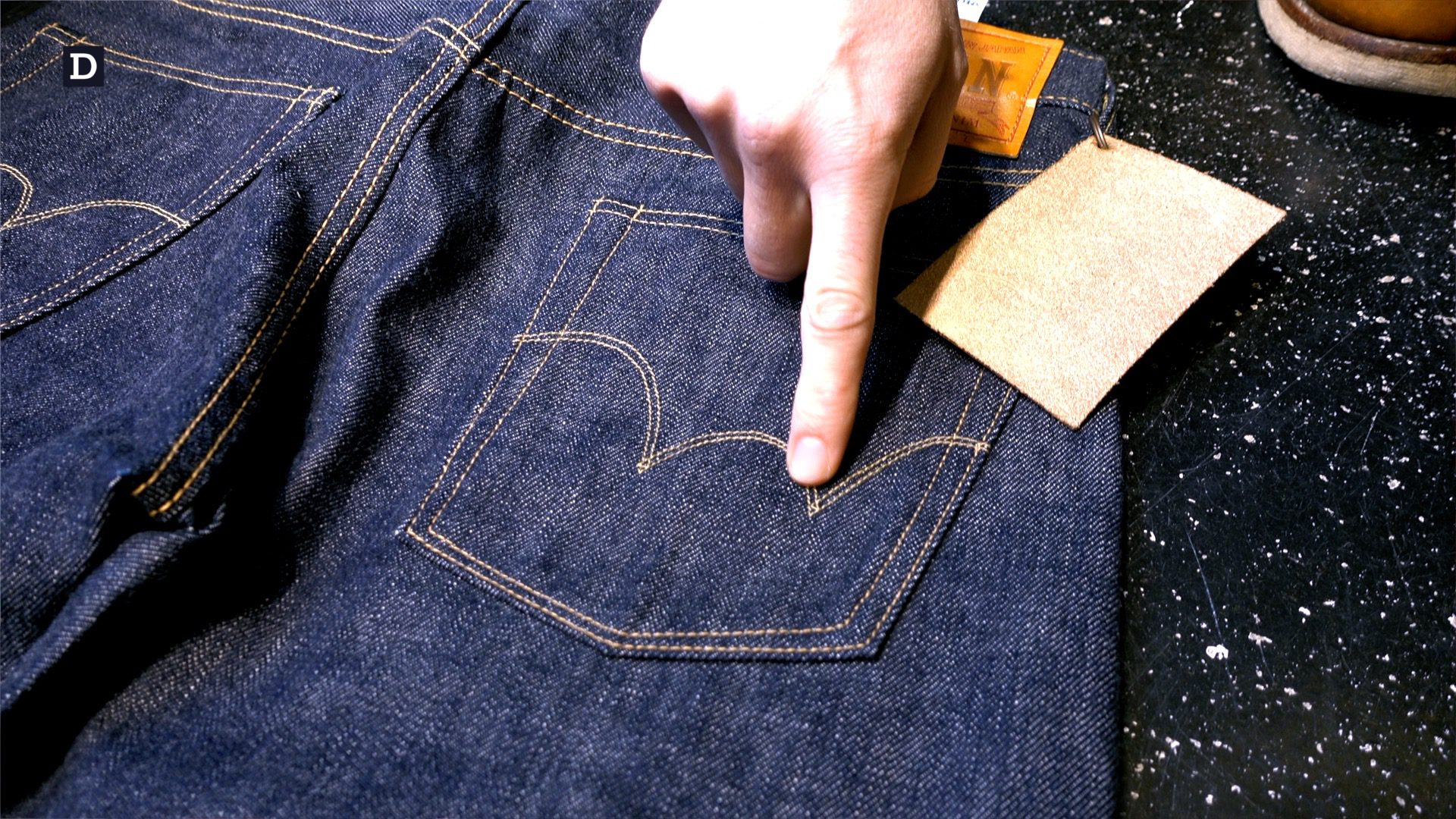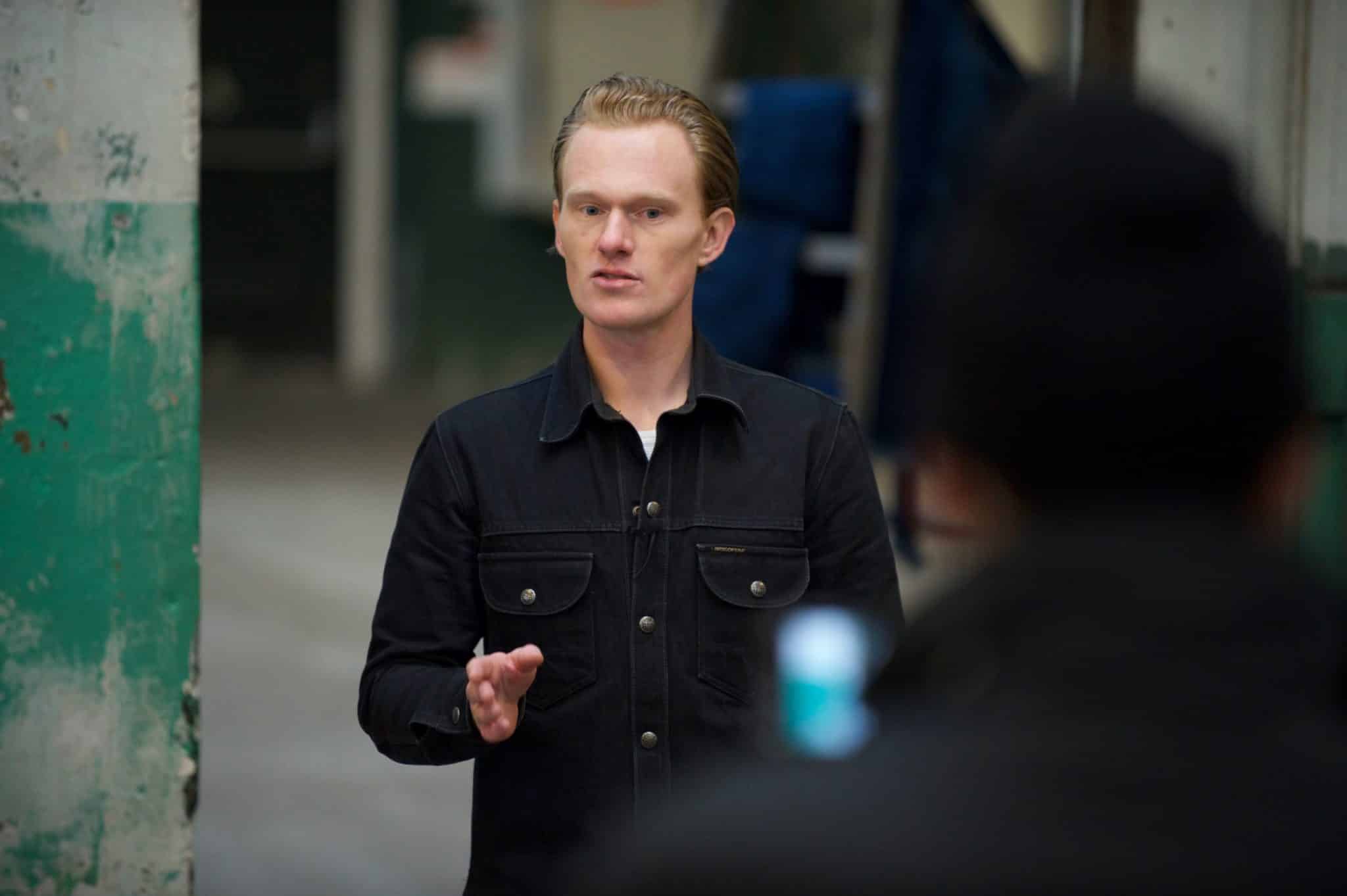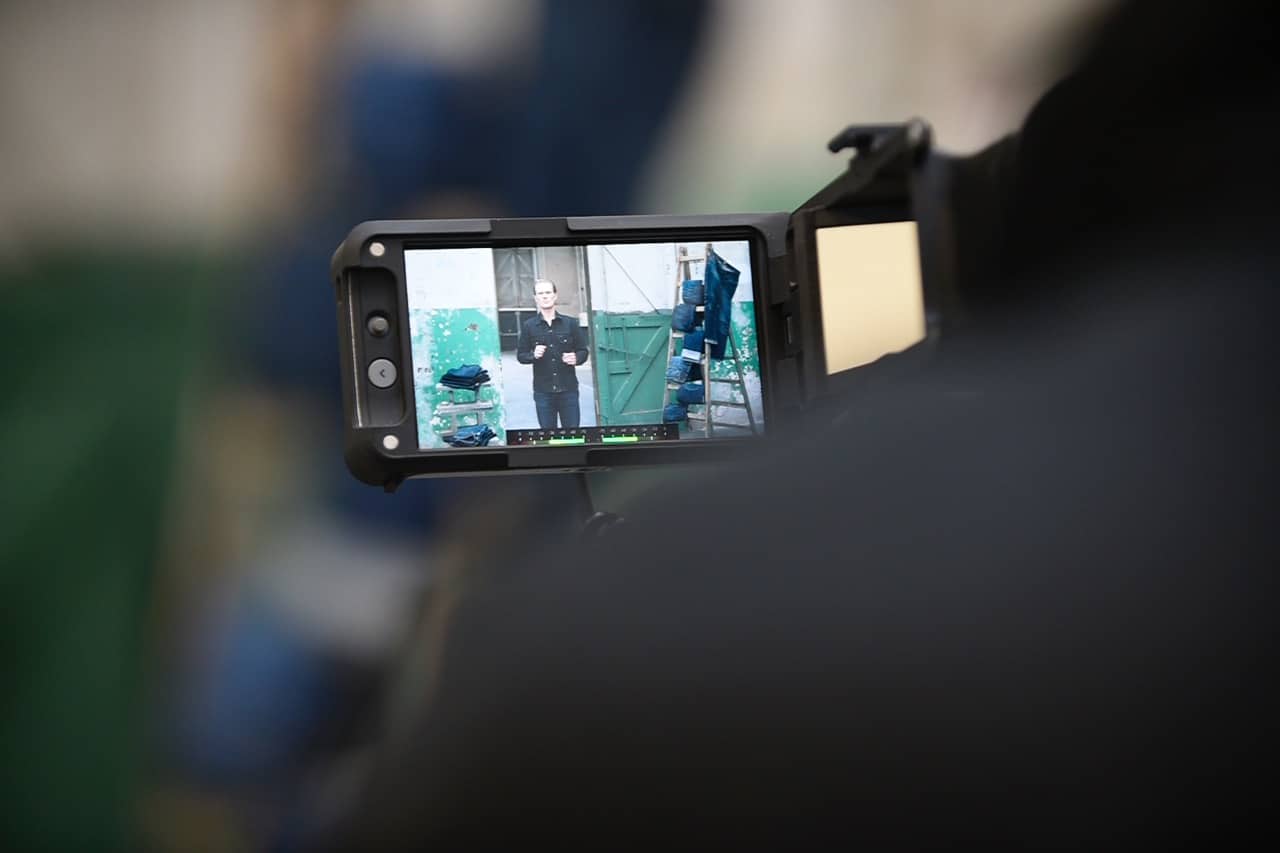3 Challenges Jeans Makers and Retailers Face, and How to Solve Them
Jeans are soaked in history. This mythical and democratic garment expresses desirable values like rebelliousness and freedom.
Using storytelling about, for instance, the history of jeans can help brands and retailers create better customer experiences, which ultimately leads to more sales.
Interestingly, as I’ve already mentioned in a previous blog post, a study done at Wharton Business School shows that sales staff who complete online training to learn about the products they work with sell up to 46% more than staff who don’t take the training.

When you know what you’re talking about, your customers are much more likely to trust you. And that means they’re more likely to buy from you.
But jeans makers and retailers also face more global challenges. Let’s take a look at three of the most important ones.
Challenge #1: It’s All About Experiences
Consumers want memorable experiences. The concept of the “experience economy” was presented almost 20 years ago.
In essence, the argument is that it’s the memorable experience of buying a product that stores are actually selling, not the product itself.
It’s not about the “what”, it’s about “what it does and means.” We buy things because of what and how they make us feel.
A good example of a retail concept that sells experiences is Apple’s stores. You don’t buy an iPad or a MacBook—those products you can get almost anywhere now—you buy the experience of buying the product in the Apple store.
The key to Apple’s retail success is their product ‘geniuses.’ And that’s something jeans retailers can learn from!
Challenge #2 Concerns About the Environment
The second challenge is the growing attention on the environment and how our consumption impacts it.
It takes a lot of resources to manufacture garments, and it’s often done with disregard for the environment and the workers.
But when it comes to fashion, conscious consumerism is still in its infancy. Nevertheless, I would argue that it’s only a matter of time before the public realises how “dirty” the fashion industry really is.
The future generations are raised on organic food and clothes. We should only expect them to demand environmentally friendly as well as.
Challenge #3 The Knowledge Problem
The third challenge is what I call the ‘knowledge problem.’
Consumers are more savvy and inquisitive than ever. They are also getting more interested in knowing how the garments they’re buying were made. And we all carry high-tech computers in our pockets, which means knowledge is just a few taps away.
But even though denim is a beautifully simple product, it’s quite complicated to make, which makes it complicated to explain.
This has created a ‘knowledge problem’ in jeans retail with:
- Opinions that aren’t validated by reliable sources
- Oversimplification that leads to misunderstandings
- Lack of even basic product knowledge
- Lack of interest and time to explain
What’s the difference?
On top of these challenges, it can be difficult for both retail staff and consumers to tell the differences between the many jeans brands out there.
Jeans started transitioning into fashion as early as the 1930s, and they’ve been worn by every generation since. Each generation has had its own new and favourite brands.
That’s why, today, there’s no shortage of jeans brands to choose between. The cohorts of brands include:
- The pre-fashion jeans brands like Levi’s, Lee and Wrangler
- Designer jeans brands like Calvin Klein
- The first wave of European jeans brands like Diesel
- Japanese heritage brands and those inspired by them
- Start-ups and one-man brands of the new millennium
- Fast fashion retailers
- Private label brands
If you look beyond the name on the labels and tags, many consumers can’t really tell the difference. That’s why they often end up focusing on the price.
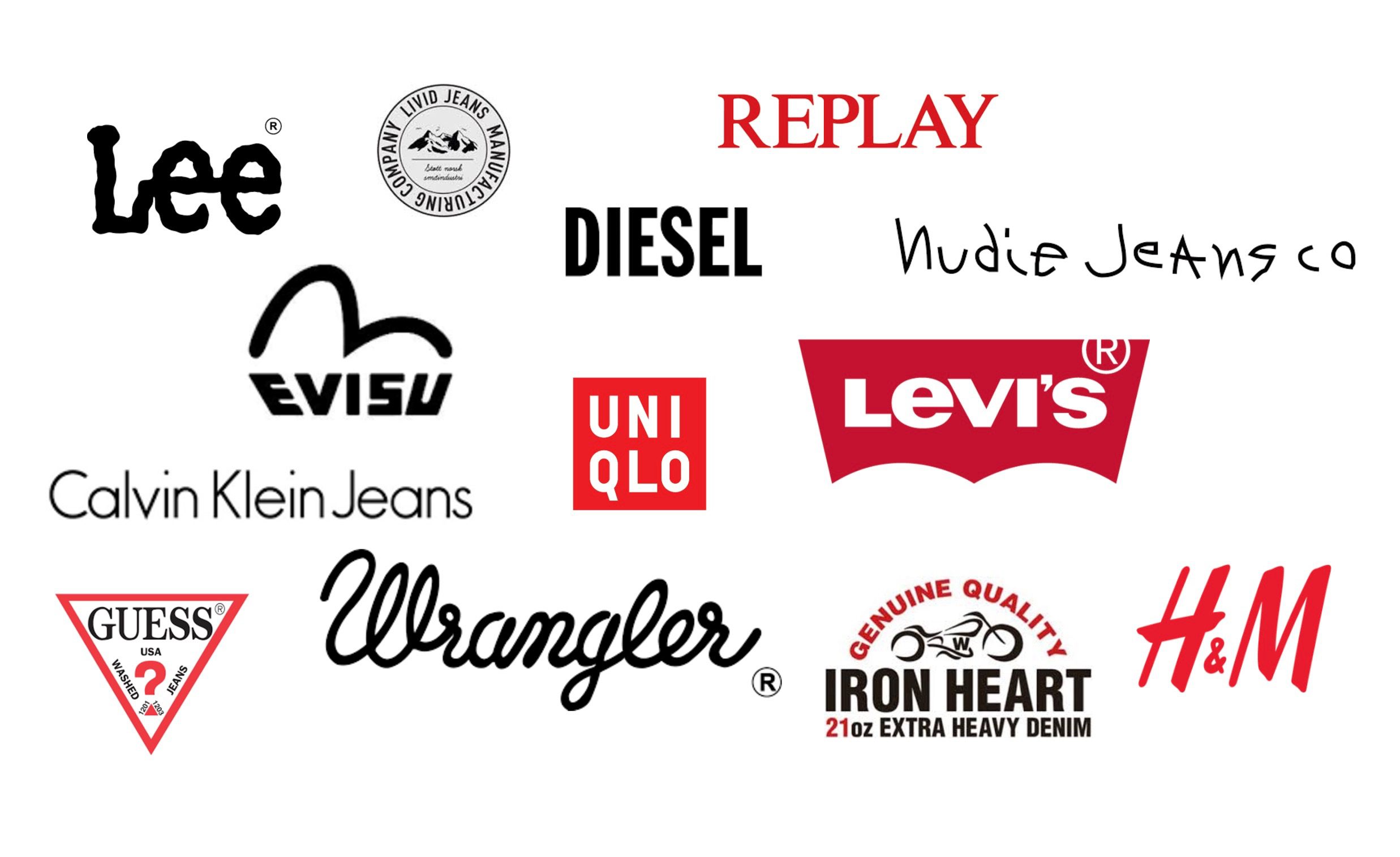
The Solution: Focus on Benefits
As I see it, the solution to overcome these challenges is to focus on benefits.
It’s not enough to talk about the features of the products you’re selling, such as where the fabric or garment is produced, the processes used, and so on. You need to point out what these features do. You need to tell a story!
Consumers only really care about one thing; “what’s in it for me?”
That’s one of the reasons environmentally responsible consumption still isn’t on the average consumer’s mind. They don’t understand how they benefit from it!
And even though you think the benefits of using less water or chemicals are obvious, you still need to make them explicit.
Ask yourself “which means”
One way to make benefits explicit is to ask yourself the question “which means?”
Let’s say the jeans you’re selling were made in Italy. What’s does that mean? What’s the benefit? Or your jeans are treated with laser and ozone. What does the consumer get out of this?
Not only do explicit benefits make your marketing and communication better, they also give sales staff something valuable to talk about in the sales pitch for your product.
Of course, to do this, you need to know who your target customer is. Otherwise, how can you know what the features of your product mean to him?
That’s another issue many brands and retailers have; they don’t know who their target customer is!
Examples of “Benefits” in Stories
Let’s look at a couple of examples of how you can use benefits of product features in storytelling.
Story #1: Why Denim Fades
Jeans are often referred to by their colour; we call them “blue jeans.” And the fabric that blue jeans are made from is not like other fabrics:
As you wear and wash your jeans, the colour changes. It’s called ‘fading’—and it’s got something to do with how denim is made.
Most importantly, you have the blue dyestuff, indigo. It’s been used to dye clothing all over the world for thousands of years. It was once the colour of royals, but for half a millennium it’s been used primarily for work-related clothes.
Until the late 1800s, there was only one kind of indigo, now known as ‘natural indigo.’
It’s made from the leaves of the indigofera plant, which through biochemical reactions is turned into an indigo sludge that is then dried into blocks and then ground into powder. Today, almost all indigo is synthetically made, which makes it up to 40 times cheaper.
No matter whether it’s natural or synthetic, the unique thing about indigo is that it retains a beautiful hue even when it fades. In other words, it looks good in all stages of wear and tear.
To get the dyestuff onto the yarn or the fabric, it’s solubilised in water with the help of a reducing agent.
When the yarn or fabric is pulled out of the dyeing vat and gets in contact with the oxygen that’s in the air, the oxidation process binds the colour molecules to the fibres of the yarn.
This gives what’s known as a ‘ring dye effect.’ The dyestuff only binds externally and it doesn’t reach the core of the yarn.
As the dye slowly wears and washes off, the undyed core appears, which is especially noticeable in the thickest yarns.
You can learn more about indigo in this in-depth member resource.
This is why, as you wear and wash your jeans, the colours changes, and you get creases that are brighter than the rest of the garment. The jeans become truly yours because you’ve created your own “wash.”
So, the benefit of the fade is that denim can be individualised.”
Let’s look at another example; the history of denim, which is fuelled by myths.
Story #2: The History of Denim
The origin of all the myths is the 1906-earthquake and subsequent fires in San Francisco, a natural disaster that killed over 3000 people and left a quarter million homeless.
The Levi’s headquarters on Battery Street in downtown San Francisco was one of the buildings that were destroyed. Along with the building, all the original sketches and garments were lost.

Without this disaster, we probably wouldn’t have had as many myths about jeans because we would have documentation. But because there aren’t many facts about the origins of the original blue jeans, the 501, it’s the myth of all denim myths. And that’s a big part of what makes denim so fascinating.
Already in the 1920s and ‘30s, jeans started transitioning into an everyday garment. Hollywood movie stars dressed in denim started changing the image of blue jeans; the garment was quickly associated with cool and manly men like John Wayne.
After the World War II, jeans makers found a new target audience: teenagers. Jeans were banned in schools, and both fictional and real-life outlaws wore them.

The tipping point came when movie directors put teenage darlings Marlon Brando and James Dean in blue jeans. Jeans became part of the rebel’s and the anti-hero’s uniform. They became the embodiment of the teenager, and of a look that we’re still inspired by today.
Visit this member resource to learn more about how jeans transitioned from workwear to fashion.
But until World War II, blue jeans were only available in the US. It was American soldiers that brought jeans to Europe and Asia. Fuelled by a growing teenage culture that idolised everything American, jeans came to represent freedom, democracy, and coolness.
In the 1960s, the first jeans brands started popping up in Europe and Japan. That became the start of designer jeans. Aspiring European denim designers challenged the design of jeans. And they started washed the jeans before they sold them.
That way, jeans leapfrogged into casualwear and the world of fashion in these new markets.
In the early 1970s, European jeans were becoming a big hit in fashion stores in New York. This inspired American designers like Calvin Klein to start making what became the first designer jeans in the late ‘70s. And that’s when jeans came to represent sex.
You can learn more about the history of designer jeans here.
With the exploding demand, jeans and denim makers modernised production, which meant that the original way of making denim with shuttle looms—which is how selvedge denim is made—were phased out.
Most consumers didn’t pay attention to these changes. But a small niche of denim lovers did. Especially the Japanese started buying up old selvedge denim jeans from the US. But as the source was drying out, they got an incentive to revive selvedge denim production.
It’s a popular myth that the Japanese imported American looms to make denim. But Japan had its own textile machinery, made by Toyoda (yes, the carmaker). They simply retooled these looms to make selvedge denim.
This became the start of the raw denim trend that reached Europe and the US in the 2000s. And that’s when consumers started talking about how denim is made and ‘attention to detail.’
The benefit here is that jeans help you express values that say something about who you are.”
Here, you can learn much more about the history of denim in Japan.
Train Your Staff With eLearning
To tell the stories of why denim fades or where jeans come from, sales staff needs training.
But, all too often, that’s not something brands and retailers provide, which means the staff is left to learn from sales reps, co-workers, and whatever information they can find online.
After working with jeans retail for a decade, I’ve seen first-hand how many of the people in our business sadly don’t know all that much about the products they’re designing, marketing and selling.
That’s why I launched the Denimhunters Academy; an independent eLearning platform that delivers on-demand, premium online education about denim and jeans.
On the Hunt For Raw Selvedge Jeans?
Launched in 2011 by Thomas Stege Bojer as one of the first denim blogs, Denimhunters has become a trusted source of denim knowledge and buying guidance for readers around the world.
Share

